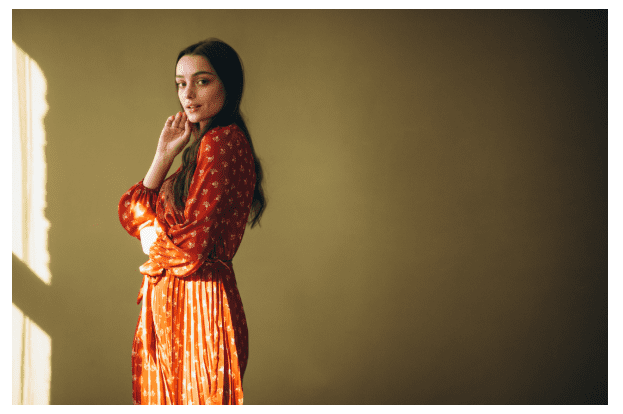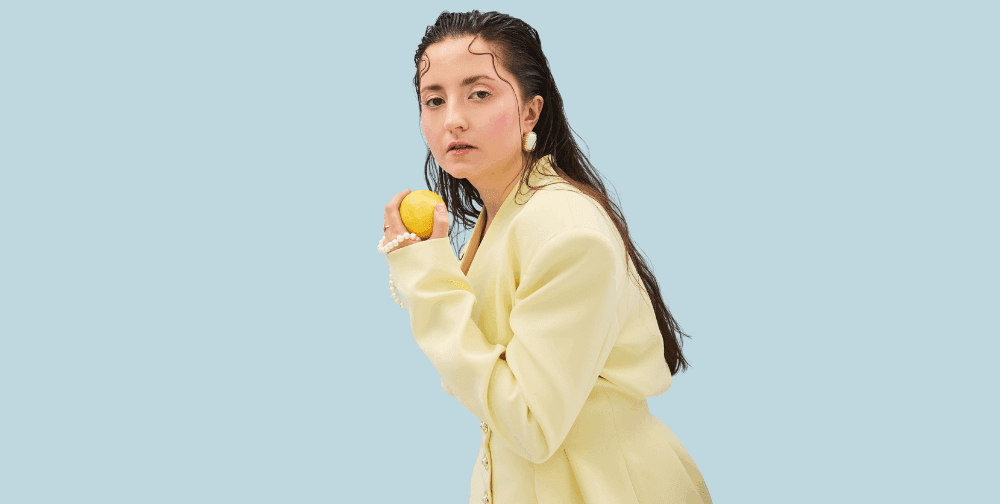Still, the designers of Pakistan mix traditional techniques with contemporary cut in their outfits that are attractive to women worldwide. Since the elaborate embroidered formal apparel to simple day-to-day apparel, every outfit reflects the craftsmanship that has characterized South Asian heritage. Development of Pakistani fashion has changed the conventional dressing into the world style icons. The designer outfits in Pakistan this day are a symbol of sophistication, culture and eternal grace.
The classical beauty of old style fashion.
All of them are based on local influences, and the types of embroideries and patterns differ depending on the province. Pakistani clothes are an ode to culture and creativity. The Pakistani fashion has a variety of designs due to Sindhi mirror work, Punjabi phulkari, Balochi sewing work and Kashmiri tilla work.
Chiffon, silk, organza and raw silk are some of the fabrics that the designers are playing around with in order to produce elegant yet comfortable silhouettes. Whether it is a wedding party, a formal event or an informal meet, Pakistani attire will always provide a choice to the event. Their attention to details, use of colors and craftsmanship make these designs outstanding across the globe. The special appeal of this clothing is that it transforms through time preserving its cultural identity.
The emergence of modern designer clothing.
Designers have reconfigured the outlook of the traditional clothing by offering new cut, overlaying and contemporary outlooks. The Pakistani fashion industry has been growing and presenting its versatility and creativity in international catwalks in the past two decades.
These designs give the modern silhouette with the hand-embroidered features and it gives a perfect balance between traditional and fashionable. The modern designer costumes are not only restricted to the traditional occasions, but they are also employed in the occasion of formal dinners, cultural festivals, and even the global red carpets. Pakistani designers have been able to use their cultural background as a global fad that is liked by fashion lovers across the world.
Philosophy and aesthetics of design.
Professional craftsmen take months and months to hone each inch of a piece of work. The designers are unique to each of them, though the common feature is the desire to be craftsmen. The design of a designer outfit is precise- starting with the choice of the fabrics of high quality to embellishments and embroidery.
Pakistani fashion has this artisanal zeal and that is what makes it one of a kind. The outcome is classic works that are not time or place bound. The centuries-old techniques (zardozi, gota, dabka and resham embroidery) are combined by designers with new patterns and color schemes.
Influence of modern icons
Faiza Saqlain
Her works are a mixture of classic art and the modern sophistication with often soft tonal colors, luxurious fabrics and fine embroidery. She is appreciated due to her capability of producing works which are both elegant yet up-to-date ideal to brides, formal events and party celebrations. Faiza Saqlain is one of the brightest representatives of the fashion world that can be characterized by her elegant and feminine vision of design.
The Pakistani fashion has been taken to the world arena by designers such as her. The new generation of designers is waving in the same direction excelling the new cuts and new design concepts but keeping the touch with the past. In her work, she demonstrates that culture and creativity can unite to make clothes that cross borders.
The Pakistani Fashion in terms of cultural symbolism.
As an illustration, gold and maroon color is used to represent celebration and joy, whereas pastel color is used to show serenity and grace. In Pakistan, fashion is not merely about looks but also a way to tell the story about culture. Symbolic meaning of the motifs, patterns and color combinations usually derive out of history, architecture and nature.
This emotional attachment renders the Pakistani fashion enduring and individual. The outfits are symbolic of the feelings and culture that surround Pakistani life-weddings, Eid festivals, family get-togethers and so on.
The Pakistani designers have global reach
The expanding global fame of Pakistani fashion is not a chance. As the digital platforms emerge and the world begins to purchase and sell clothes internationally, it is now seen that traditional clothing is being made available to the entire world. Specifically, the introduction of these designs into popular culture has largely been facilitated by South Asian communities in the United Kingdom, Canada and the Middle East.
The fusion between the classic and the modern culture of fashion remains a central topic that appeals to fashion editors and stylists throughout the world. Pakistani designers have been given an opportunity to express their creativity at fashion exhibitions, collaborations and cultural festivals as well.
Multifunctionality at any time.
The Pakistani designer outfits are versatile in nature. Dupattas can be endlessly customized, both in the number of layers and in the types of sleeves and combination of conventional and modern constructions. One ensemble may be worn in variety of ways-you can dress up on a formal gathering or you simply dress it down in an informal gathering.
It is both luxurious and comfortable but gives the wearer the chance to reflect his or her fashion. Such flexibility is one of the factors why the Pakistani fashion attracts so many viewers. Whether it is a flowing pishwas or a detailed adorned shirt or a plain kurta set, every single design has the touch of cultural artistry.
The choice of fabric and texture.
In most cases, designers incorporate the use of both traditional and modern material to attain the intended outcomes. The visual and tactile attractiveness of an outfit is largely dependent on the choice of fabric. Chiffon and silk are available in terms of the physical appearance and style of drape and elegancy whereas cotton and fabric are the best selection in terms of casual comfort.
Formal styles of dresses such as organza and mesh tend to add volume and sophistication. Such fabrics give a ground to minor handwork, be it sequin work, tilla work or thread work – each piece of work is an art.
Fashion and the future of sustainability.
Such a strategy does not only conserve the old methods, but also fosters responsible fashion. Since the fashion industry of the world is going green, Pakistani designers are going green too. There are numerous brands that are oriented to ethical production, promoting local craftsmen and employing natural colors and organic fabrics.
Designers demonstrate that classical clothes can be classic, sophisticated and fashionable at the same time which is environmentally friendly. The awareness of sustainability has guaranteed that going forward the future of Pakistani fashion is still rooted in authenticity and craftsmanship.
Conclusion
The Pakistani designer clothes are a rare blend of tradition, art and innovation. Each garment is a story, the story that links the past to the present and glorifies uniqueness and tradition. Since the complexity of hand embroidery up to the elegance of tailoring, those pieces are the evidence of the culture with a great deal of history and creativity.
With the world becoming more accepting of diversity in the fashion industry, Pakistani clothing will always be a source of classiness and pride in culture. All the design goes into the artistry and craftsmanship combined with the emotional depth will ensure that the Pakistani designer outfits will always remain a part of international fashion history.
Read More From Techbullion



































